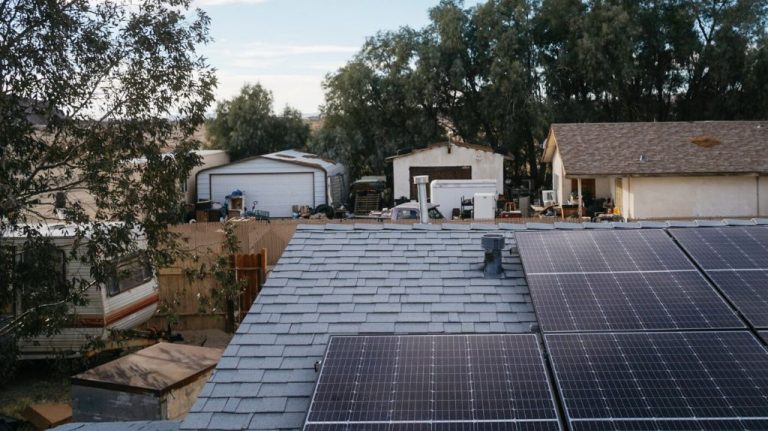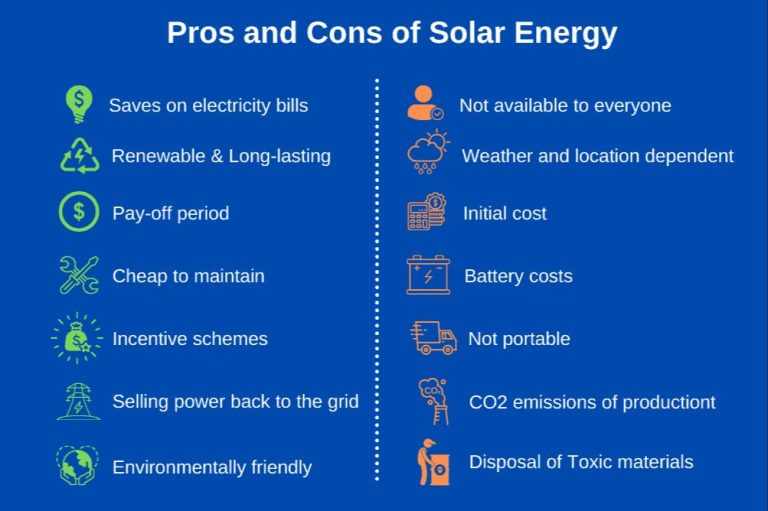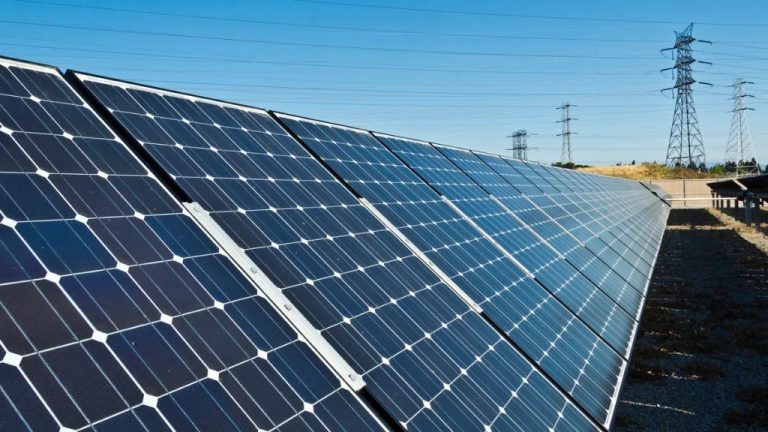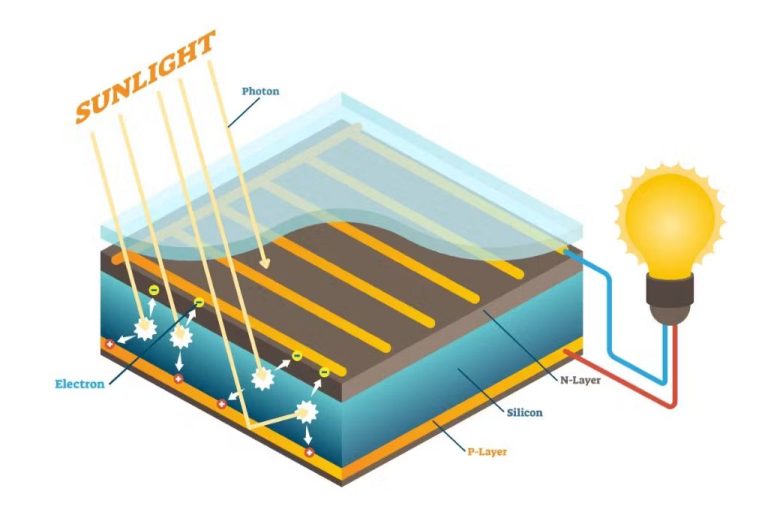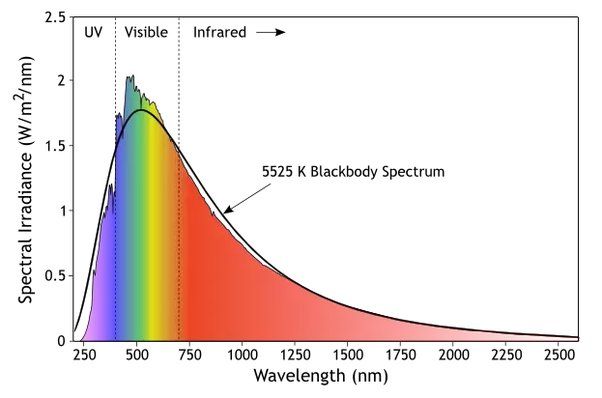What Does Pv Stand For In Solar Panels?
Photovoltaic (PV) solar panels are an increasingly popular source of renewable energy for both residential and commercial use. The term photovoltaic refers to the panels’ ability to convert sunlight directly into electricity through a chemical reaction within the panels. Solar panels containing photovoltaic cells are able to harness the energy from the sun and generate electricity without any moving parts or mechanical systems.
The rise of PV solar panel installations around the world demonstrates the growing market and demand for solar energy. With concerns around climate change and the need for clean renewable energy, PV solar panels provide a sustainable solution by utilizing the freely available and limitless energy of the sun. The development of solar panel technology over the decades has improved efficiency and lowered costs, allowing PV solar to become an affordable and attainable means of power generation.
What Does PV Stand For?
PV stands for “photovoltaic.” The word “photo” refers to light, while “voltaic” refers to electricity. Therefore, the term “photovoltaic” refers to the direct conversion of light into electricity.
Specifically, PV describes the method solar cells use to absorb photons from sunlight and convert that light energy into usable electric current. Solar panels made up of photovoltaic cells are able to harness the energy from the sun and generate renewable electricity. This makes PV solar panels a clean, sustainable way to produce power.
So in summary, the letters PV in the term “PV solar panels” stand for “photovoltaic.” This means solar panels that utilize semiconductors to convert sunlight directly into electrical energy through the photovoltaic effect.
How Do PV Solar Panels Work?
PV stands for “photovoltaic,” which refers to the process of converting light (photons) into electricity (voltage). PV cells, also known as solar cells, are made of semiconductor materials like silicon that are treated to form an electric field. When sunlight hits the solar cell, the photons are absorbed by the semiconductor material, causing electrons to break loose and flow. This flow of electrons generates an electric current that can be captured and used as electricity.
Specifically, here is how PV cells convert sunlight into electricity:
- Photons from sunlight hit the PV cell and are absorbed by the semiconductor material, most commonly silicon.
- This energy from the photon knocks electrons loose in the cell.
- The front and back sides of the PV cell are implanted with different elements, forming an electric field. The dislodged electrons naturally flow from the back to the front, creating an electric current.
- Metal conductive plates on the cell collect the electrons and transfer them to wiring that carries the electricity.
So in summary, the PV cell’s specialized semiconductor properties and embedded electric field enable it to absorb sunlight and generate an electric current. This process of converting photons to electrons is called the photovoltaic effect.
History of PV Solar Panels
The photovoltaic (PV) effect was first discovered in 1839 by French physicist Edmond Becquerel. At just 19 years old, Becquerel found that certain materials would produce small amounts of electric current when exposed to light. Over the next several decades, other scientists built upon Becquerel’s initial discovery and experimented with PV effects using different materials, including selenium and copper oxide.
In 1883, American inventor Charles Fritts created the very first PV solar cell by coating selenium with an extremely thin layer of gold. While Fritts’ solar cells were inefficient with less than 1% light conversion efficiency, his invention paved the way for future improvements.
The development of the modern silicon PV cell began in the 1950s. In 1954, scientists Calvin Fuller, Gerald Pearson and Daryl Chapin at Bell Labs created the first practical silicon solar cell with a sunlight conversion efficiency of around 6%. This breakthrough led to the deployment of PV cells in early space satellites later that decade.
Continued advancements driven by the space industry led to higher efficiency PV modules during the 1960s and 1970s. And by the early 1980s, solar panels for terrestrial applications started becoming commercially available. Since then, both PV cell efficiency and worldwide adoption have steadily increased.
Advantages of PV Solar Panels
PV solar panels provide numerous benefits that make them an attractive renewable energy option for many homeowners, businesses and utilities. Some of the main advantages of PV solar panels include:
Clean Energy Production
PV solar panels produce electricity from sunlight without any emissions or pollution. This makes them a clean and sustainable alternative to fossil fuels. Solar energy does not release greenhouse gases or other pollutants that contribute to climate change and environmental problems.
Reduced Electricity Bills
Installing a PV solar panel system can significantly reduce or even eliminate your monthly electricity bills. Once the initial system costs are paid off, the electricity generated is free. This provides long-term financial benefits and insulation against rising energy prices.
Low Maintenance
PV solar panels are low maintenance and have a long lifespan of 20-30 years. Other than occasionally cleaning off dust and debris, PV systems require little ongoing maintenance. They have no moving parts and are designed to withstand extreme weather conditions.
Disadvantages of PV Solar Panels
While PV solar panels have many benefits, there are also some drawbacks to consider:
High Upfront Cost
The main disadvantage of PV solar panels is their high initial cost. A typical residential solar panel system costs $15,000-$25,000 or more depending on the size and components. This high upfront investment deters some homeowners, even though over the long-term PV solar pays for itself in energy savings.
Low Solar Panel Efficiency
Most PV solar panels on the market today have an efficiency rating of 15-22%. This means they only convert 15-22% of the sun’s rays into usable electricity. While research is being done to improve efficiency, the relatively low conversion rate remains a downside.
Power Output Depends on Sunlight
The amount of power generated by PV solar panels varies based on exposure to sunlight. Solar output will be reduced on cloudy days or in areas with limited sun exposure. This intermittent power production makes PV unreliable as a sole power source.
Contains Some Toxic Materials
Although PV panel components are generally safely encapsulated, solar cells contain trace amounts of toxic materials like cadmium and lead. Proper solar panel disposal is needed to prevent environmental contamination.
In summary, key drawbacks of photovoltaic solar panels include high upfront costs, efficiency issues, intermittent power production, and toxic materials in solar cells. However, PV technology continues advancing to mitigate these disadvantages.
Types of PV Solar Panels
There are three main types of photovoltaic solar panels used today:
Monocrystalline Solar Panels
Monocrystalline solar panels are made from silicon ingots, which are cylindrical blocks of pure silicon. The silicon atoms are aligned perfectly in a continuous crystal lattice structure, which allows electrons to flow freely and makes these panels highly efficient, typically around 15-20%. Monocrystalline panels have a distinctive black color and rectangular shape with cropped corners.
Polycrystalline Solar Panels
Polycrystalline solar panels are made from melted silicon that is poured into molds and allowed to cool and solidify. The silicon atoms form an irregular crystal structure, which is less efficient than monocrystalline panels but still fairly effective at 13-16% efficiency. Polycrystalline panels are blue in color and are square-shaped.
Amorphous Silicon Solar Panels
Amorphous silicon solar panels, also known as thin-film solar panels, are made by depositing silicon atoms in thin layers onto a substrate like glass or plastic. The silicon atoms have no crystal structure and are less efficient, around 6-9%, but these flexible panels are easy to install and have a lower cost. Thin-film panels have a brown or grey color.
PV Solar Panel Efficiency
The efficiency of a solar panel refers to what percentage of sunlight energy that hits the panel is converted into usable electricity. It is one of the key metrics used to evaluate and compare different solar panel models.
Efficiency is determined by the solar cell materials and design used in the solar panel. Most residential-grade solar panels on the market today have efficiencies in the range of 15% to 22%. More advanced and expensive solar panels using high-efficiency cell technologies can reach over 22% efficiency.
Higher efficiency solar panels will produce more electricity under the same conditions as a lower efficiency panel. For example, a 300W solar panel with 18% efficiency will be physically smaller than a 300W solar panel with 15% efficiency. However, higher efficiency panels are generally more expensive as well.
When choosing solar panels, efficiency is one factor to consider along with the cost per watt. A more efficient solar panel may have a higher upfront cost but can generate more power over its lifetime, resulting in a better return on investment.
Future of PV Solar Panels
The future looks bright for PV solar panels as researchers work to improve their efficiency and develop new materials. Some key trends in PV solar panel technology include:
Improving efficiency – Scientists are finding new ways to get more electricity out of each solar cell. Approaches include using multilayer solar cells, upconverting materials to change light wavelengths, and manipulating nanoscale structures. Efficiencies exceeding 47% have been achieved in lab tests.
Perovskite solar cells – These emerging solar cells based on perovskite materials are promising due to their high efficiencies and low production costs. Perovskites could supplement or even replace silicon in solar panels.
New materials – Researchers are exploring alternatives to silicon such as cadmium telluride, copper indium gallium selenide (CIGS), and organic PV. These materials hold potential for flexible, lightweight, and affordable solar panels.
Growth trends – PV solar power is one of the fastest growing renewable energy sources worldwide. Total global capacity exceeded 627 gigawatts by the end of 2019 and could grow to over 4,500 gigawatts by 2050 according to projections.
In summary, PV solar panel technology will likely see dramatic improvements in efficiency and reductions in cost. With their modular and scalable nature, PV solar panels are poised to play a major role in the global transition toward renewable energy.
Conclusion
In summary, PV stands for “photovoltaic,” referring to the photoelectric effect that enables these solar panels to convert sunlight into electricity. PV solar panels have become a popular renewable energy option over the past few decades due to advances in technology that have made them more affordable and efficient. Key advantages of PV solar panels are their declining costs, modular nature, pollution-free operation, and versatility to be installed in various locations. However, PV solar panels also have disadvantages such as reliance on sunlight, large physical footprint, andcontaining some toxic materials. Overall, PV solar panel technology will continue improving in terms of efficiency and costs, making them a promising sustainable energy source for the future.

